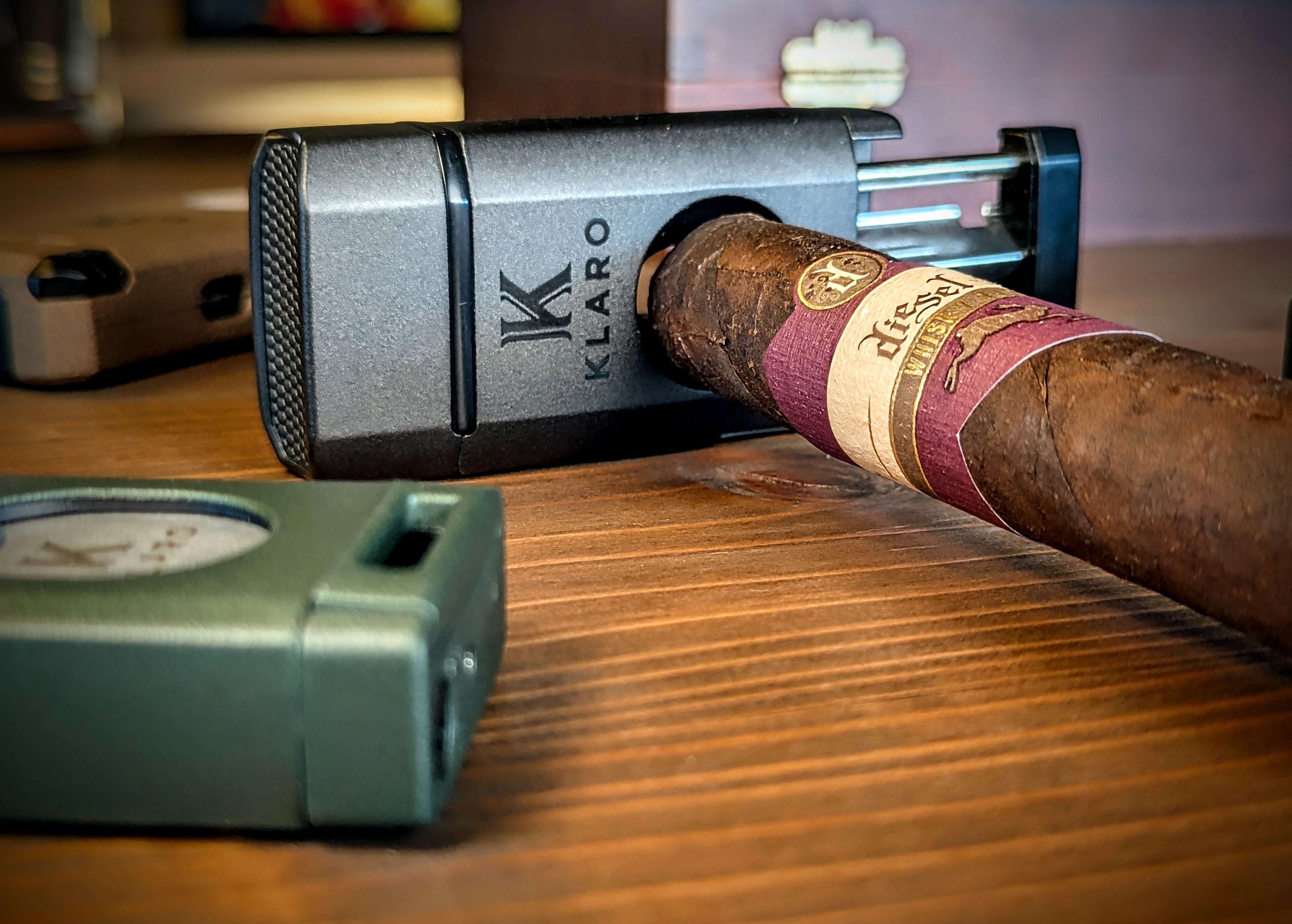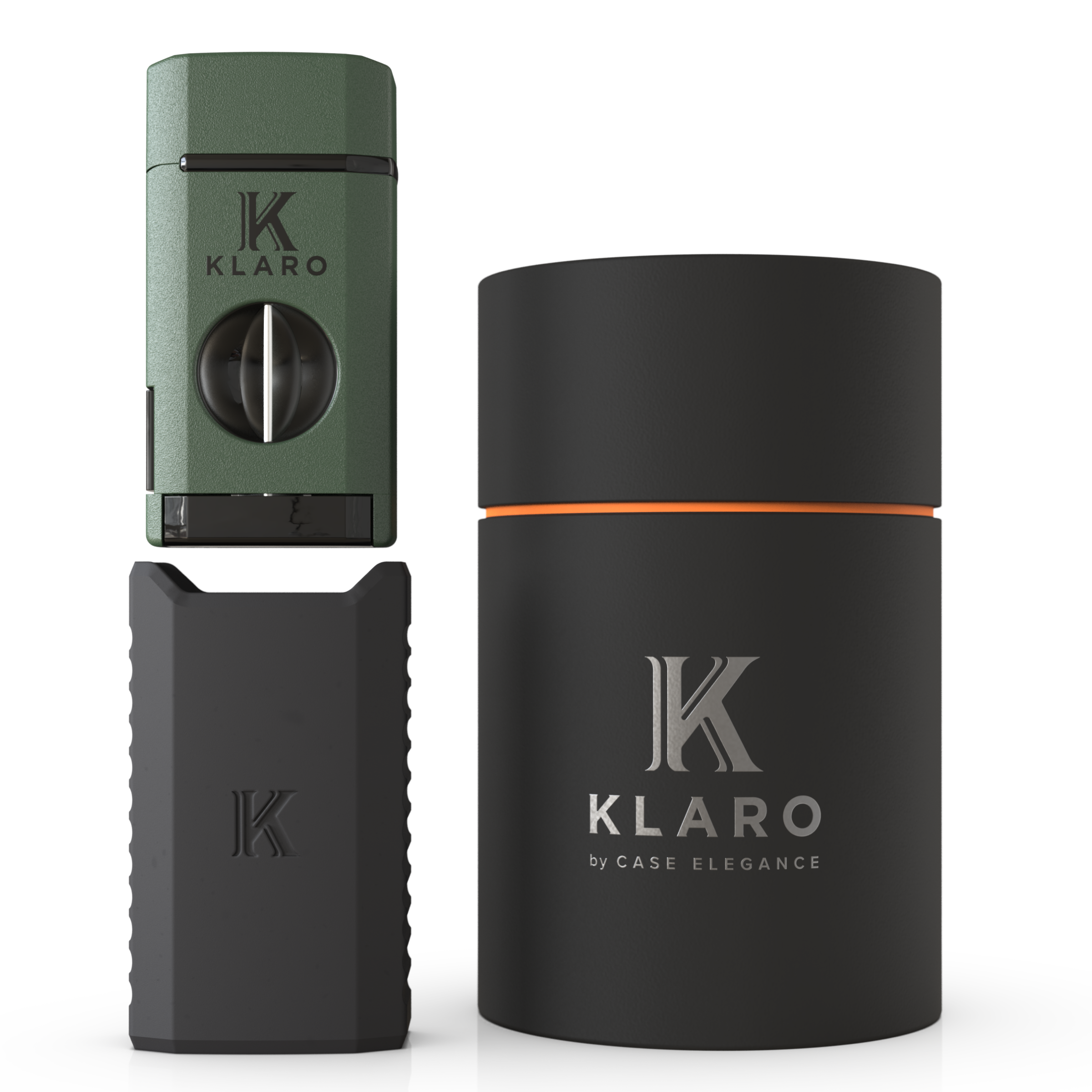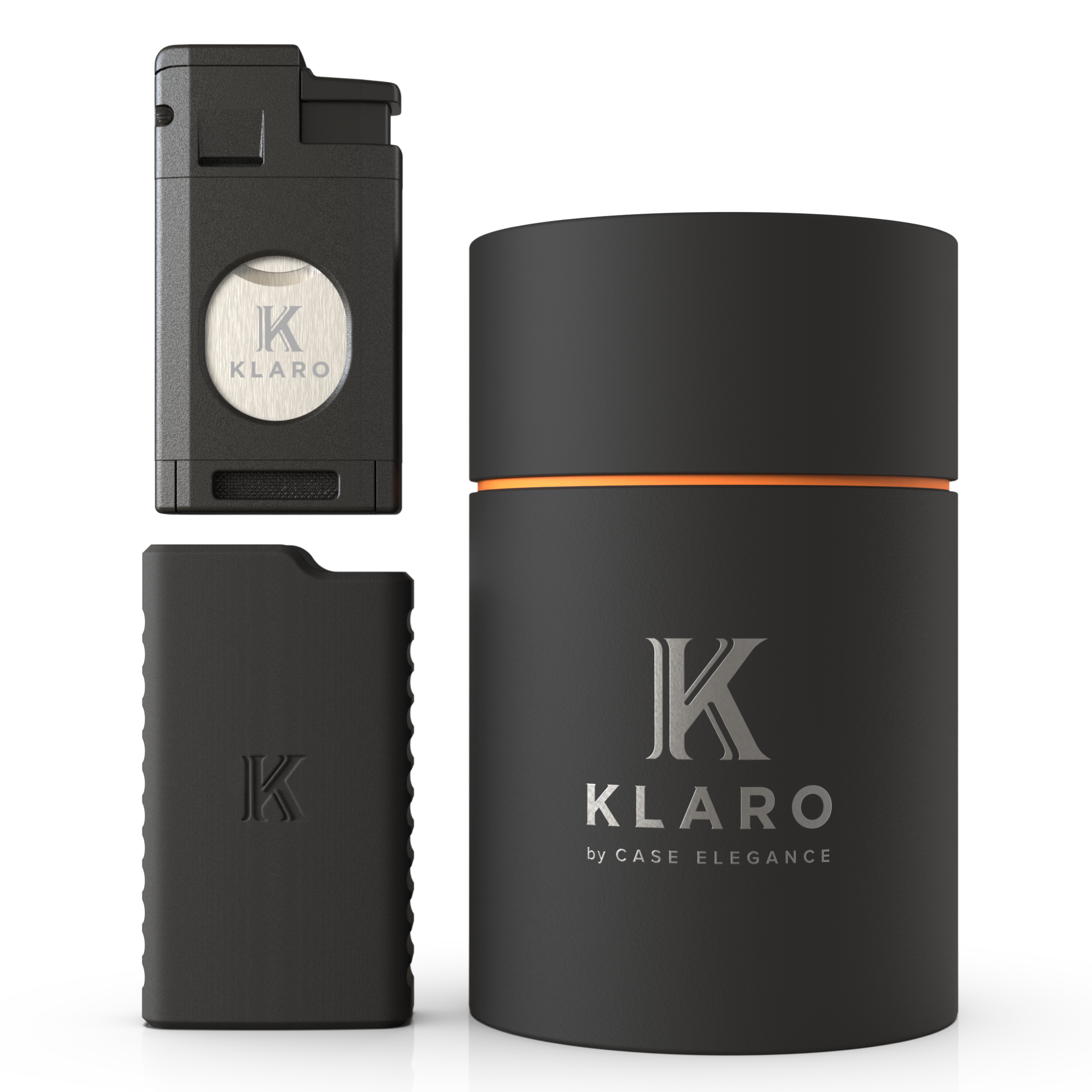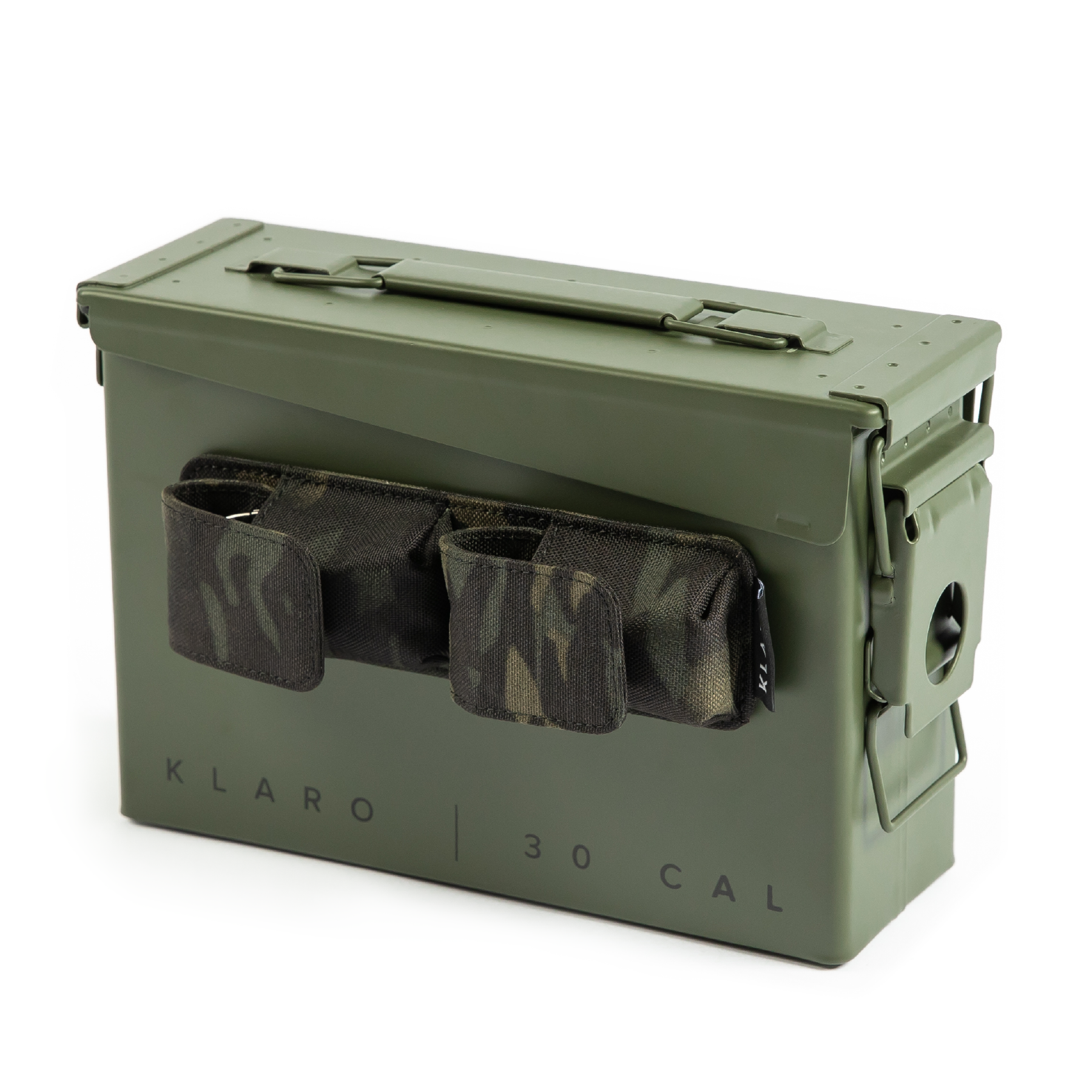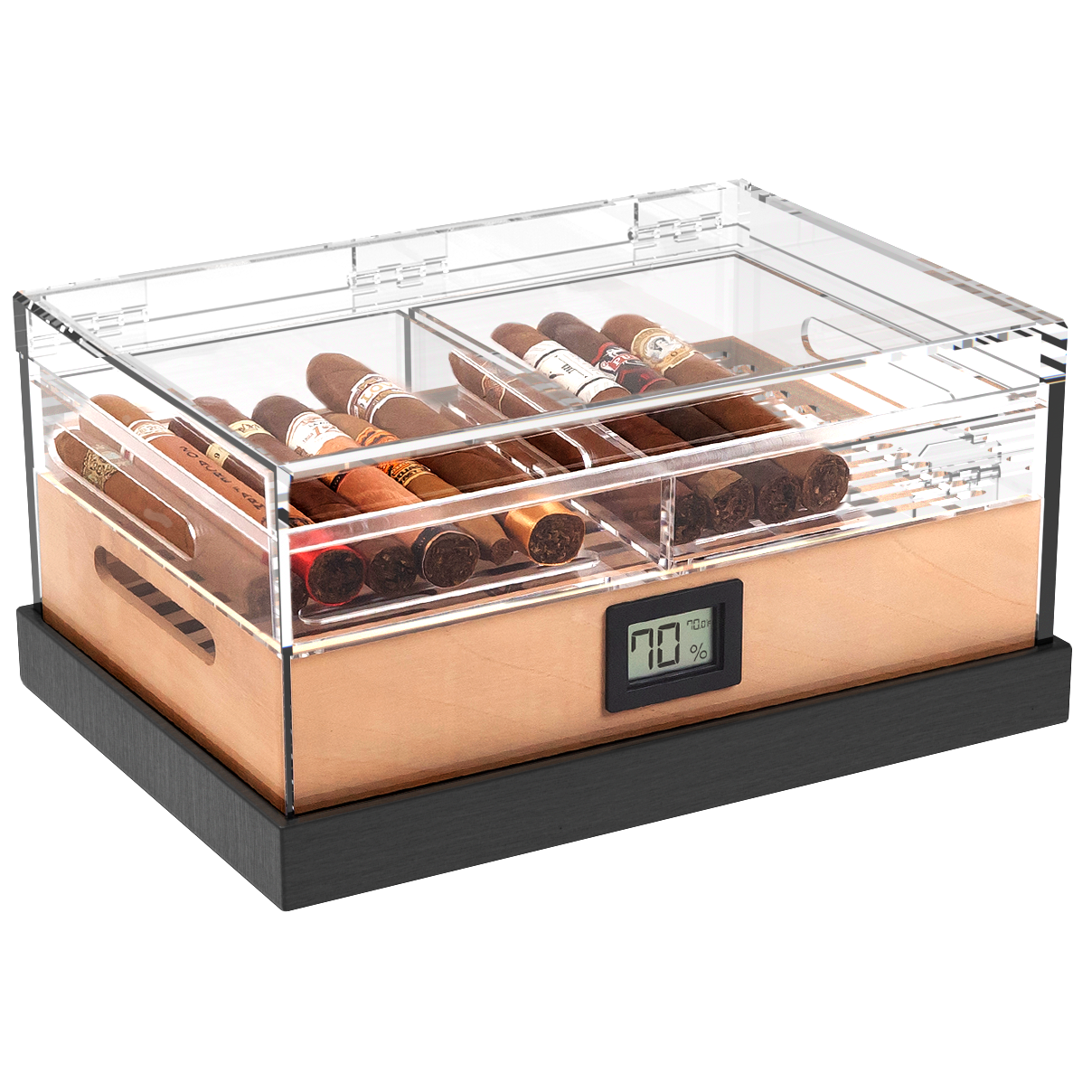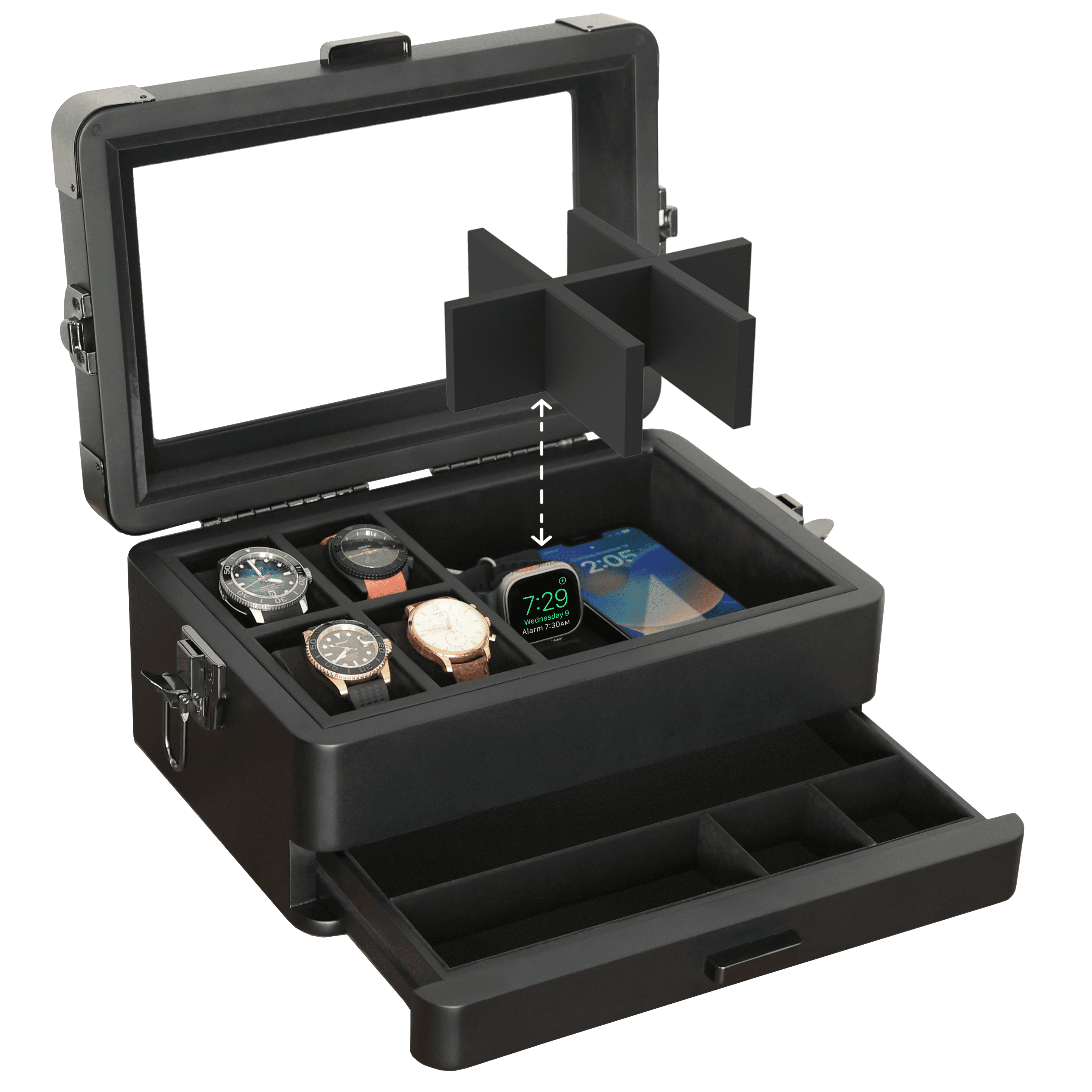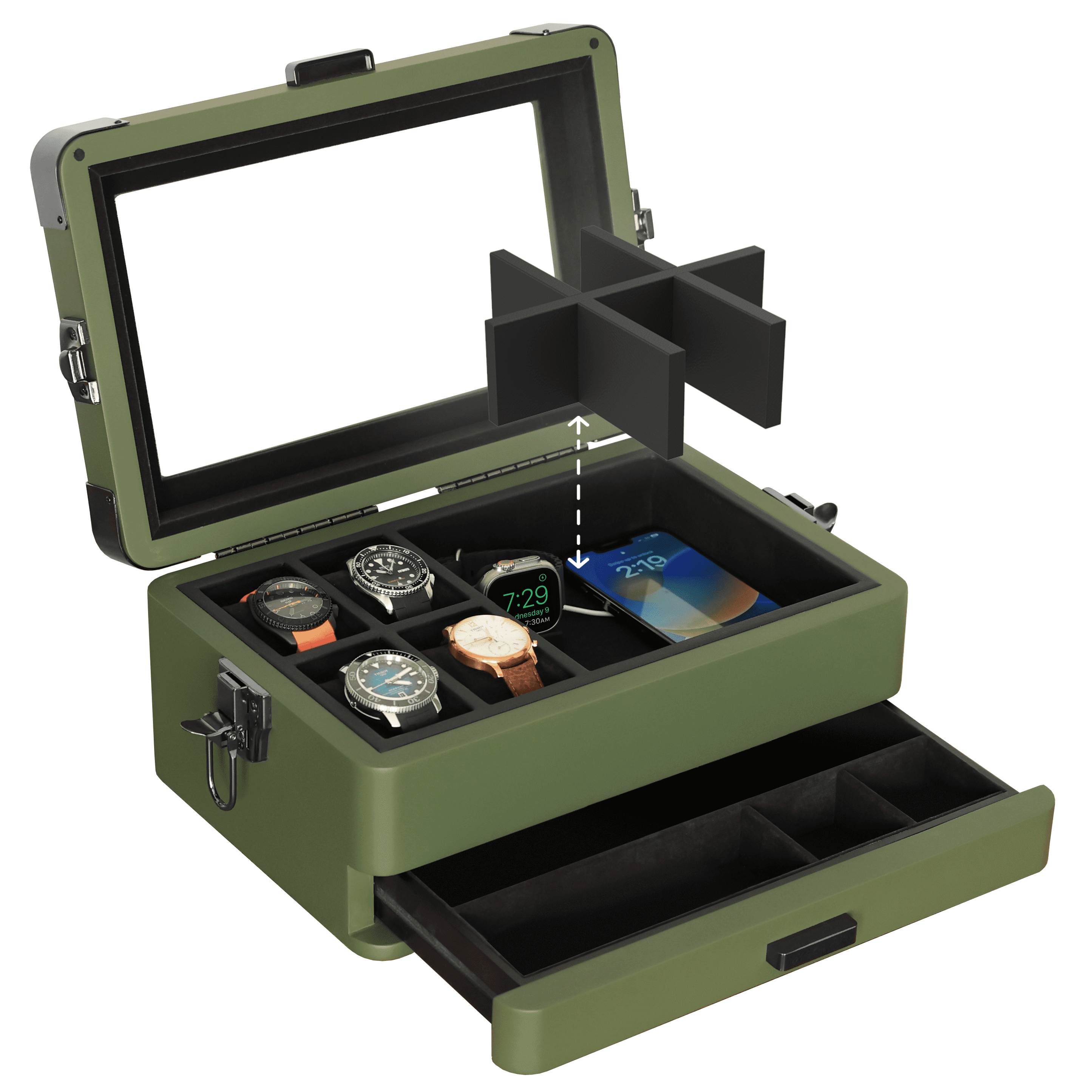Finding a cigar in your collection that has dried out is always disappointing. Whether you left that baggie open after departing the cigar shop, or let that smoke go dry by not storing it properly, a stogie that shows signs of drying out is not necessarily a lost cause.
That said, unless you live in an especially humid environment that does not have cold winters, storing cigars inside a humidor is the best way to keep them from drying out. But, if you happen to be new to cigars, or don't smoke all that often, there's a good chance that you might not own a humidor. Then I guess that means you are up a creek, right? Not necessarily...
Depending on the degree of dryness, there are ways of bringing a dehydrated cigar back to life. You just have to know what you are doing, have the right gear at your disposal, and be patient.
Understanding Cigar Moisture

When stored between 68% and 72% humidity, cigars can be kept in prime smoking form for years on end without issue. However, dip too low in Feuchtigkeit, und those smokes may become too brittle and dry. For more on this topic, check out our write-up auf cigar temperature and humidity conditions.
So, what happens when a cigar gets too dry? Well, the most obvious concern involves the leaves becoming brittle and the wrapper cracking, thus rendering the entire cigar unsmokable. Even if the wrapper remains intact, a dry cigar will usually burn too quickly and overheat in the process, and is more likely to burn unevenly.
Obviously, you don’t want to wait until the wrapper cracks to find out if your cigar is too dry. While a humidor will allow you to monitor Luftfeuchtigkeit im Humidor levels via a hygrometer, those who don't have much in the way of cigar gear will have to resort to the old-school pinch test. Simply place the cigar near your ear and lightly squeeze the barrel while rolling the cigar between your fingers. If you hear the cracking of the filler tobacco inside, it’s likely that your cigar has begun to dry out and is in need of rehydration.
But don’t panic! As long as you’ve caught the problem before it’s destroyed the wrapper, your next step should be to address the issue. That said, we should probably cover what nicht to do first, because there are some seriously stupid cigar myths floating around out there.
Incorrect Cigar Rehydration Methods

Cigars are delicate, and restoring the moisture within a cigar is a process that must not be rushed. Whenever you hear of a quick-fix DIY cigar rehydration method, proceed with caution. Returning cigars to a healthy state is likely a longer process than what these questionable methods promise.
- Spraying Cigars with Water: This will likely oversaturate the cigar and cause the tobacco to peel, crack, or even mold.
- Plastic Bag with Water: Putting a cigar in a plastic bag with water can cause it to become overly damp and may also promote mold growth.
- Wrapping in a Wet Towel: Again, too much moisture too quickly can lead to mold growth and an uneven rehydration process.
Emergency Household Solutions for Reviving Dry Cigars

If you don't own a cigar humidor, you can attempt to recreate the same humid environment with certain household items. We’ve seen cigar smokers repurpose canning jars, ammo cases, cigar boxes, hard-shell travel cases, and kitchen gear like Ziploc bags and Tupperware in a pinch. Just note that these are not generally considered to be long-term solutions for safely storing cigars, especially if you live in an environment with frequently changing climates.
Whatever you use, just make sure that it is sanitary, has one hell of a tight seal, and can be outfitted with a household humidification source, such as an unused wet sponge, a damp paper towel, or even a thimble of water.
These humidification elements will add moisture to the air, allowing the cigar to gradually absorb some of this moisture without over-saturating the structure of the cigar. You may still run the risk of oversaturation, though, so be conservative with the amount of moisture you add, for you must rehydrate your cigars gradually.
The Humidity Pack Option

Aber if you can skip the household DIY approach, and secure some Humidor packs, oder humidity packs as they are more commonly called, your cigars will be far less prone to damage. That is because humidity packs are a two-way system, so they both absorb and release moisture to achieve a desired humidity level. These packs are often sold in percentages, with anywhere from 60% to 75% being the norm.
To use one, simply choose the pack with your desired relative humidity (RH), remove it from its plastic baggie, and place it in the container where you are storing your cigars. Just be sure not to place the pack directly atop the cigar(s) if possible, for this will likely cause one side of the cigar to grow over-saturated. Wenn possible, set the pack in a corner of the container where it cannot come into contact with any of the tobacco.
Humidity packs typically last several months, so this approach can turn into a consistent form of cigar preservation if needed. You will definitely want to snag up a digitales Hygrometer of some sort, though, as this will allow you to monitor the humidity levels (and preferably internal temps as well) and determine when a fresh humidity pack is required. Even then, many larger humidity packs come with an indicator pad, which changes color when the humidity pack has lost its pep and needs to be replaced.
Reviving Dry Cigars: Effective Methods That Work Without a Humidor

The most important rule for rehydrating a cigar is to remember to move slowly. Add too much moisture too soon, and you run the risk of a cigar that is swelling, peeling, cracking, and/or molding.
If using humidity packs, start with a low humidity point somewhere near 62%, then gradually increase the dosage over the course of the next few weeks with stronger packs. Fixing dry cigars requires patience. This process is more easily done with a properly seasoned, Spanish cedar-lined humidor, as that will help prevent oversaturation and promote a more even distribution of humidity throughout the confines of the container.
Preventing Future

But perhaps the most important question is: Why did your cigar dry out in the first place?
Whether it be a little more than a stick or two, or a 1,500-count lifetime collection, proper storage conditions are essential for maintaining cigars. That is why opting for a humidor that has been made from thick slats of Spanish cedar is so important, as this wood acts as both a humidity buffer and a humidity booster. Furthermore, a quality humidor will have a really gute Abdichtung und wird come with a hygrometer and some form of integrated humidity system to help you keep all things humidity-related on point.
For more on the importance of owning a high-grade humidor, check out our entire line of Klaro-Humidore, many of which come with their own patented Klaro humidification system and Klaro Valet smart hygrometer for connected monitoring anywhere, anytime.
Abschiedsschmerz

So please, people, do your due diligence and check on those stogies. Identify dry cigars as quickly as possible, and once detected, slowly but surely bring them back to life, peak smoking form. Remember, cigar preservation starts with how you plan on storing your smokes, so if you think that cigar is worth keeping, please take good care of it.




